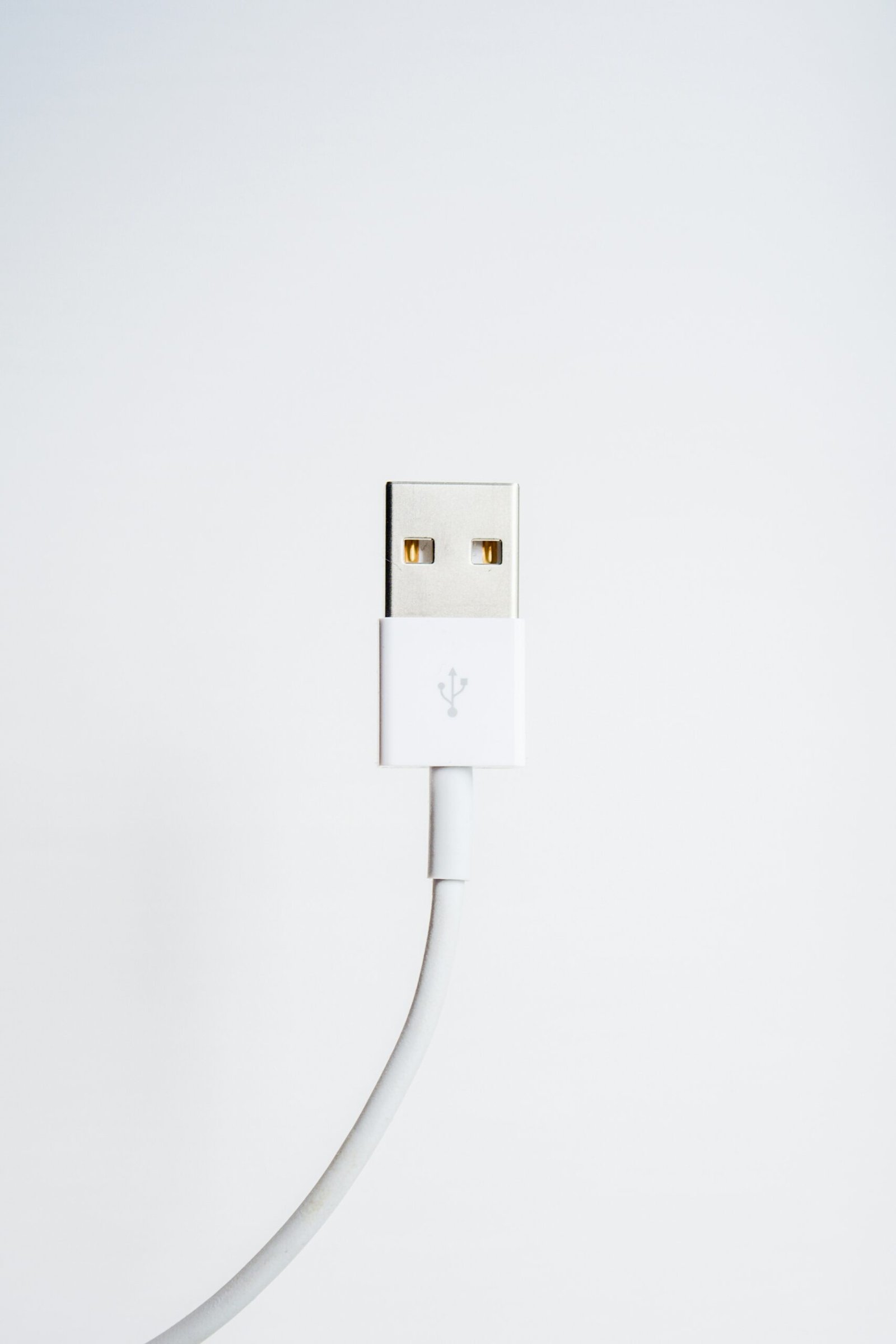Understanding Product Innovation
To really nail it in the market’s hustle and bustle, you gotta grasp product innovation like it’s your new sidekick. Here we’ll break it down, no tech speak, just clear stuff about how to make game-changing products.
Types of Innovation
Product innovation comes in three flavors: keeping up, low-end shake-up, and finding new customers. Each does a different dance with market needs, reaching out to all sorts of folks.
| Type of Innovation | Description |
|---|---|
| Sustaining Innovation | Tweaks to old goodies to keep ’em top-notch and boss. |
| Low-End Disruption | Bringing cheap thrills with budget deals, fewer bells and whistles. |
| New-Market Disruption | Inventing whole new worlds for folks who didn’t even know they wanted in. |
It’s not just about selling stuff; folks wanna get things done. If you tune in to what they’re aiming for, you’ll see a treasure chest of ideas for what to build next. Understanding what folks really need helps make your product the vibe they’re after.
Importance of Innovation Environment
Creating a spot where fresh ideas pop like popcorn is the key to keeping things electric at your workplace. As a leader, you need to give your crew the tools to think big, take crazy leaps, and shake up the usual routine to hit on that next big thing (HBS Online).
Here’s how you can get those creative juices flowing:
- Mix teams up and get them talking.
- Hand out the tools they need to mess around with ideas.
- Give props when someone drops an innovative bombshell.
Keeping the wild, new concepts and steady improvements apart is smart business. If you try winging disruptive ideas with your core gang, you might stall. Setting up a different squad just for those wilder ideas can help it take flight. Always be re-evaluating and switching lanes for the win (HBS Online).
So, if you wrap your head around the different kinds of product innovation and set up just the right vibe, you’ll empower yourself and your peeps to whip up products that not only survive but thrive. For more cool stuff about building products, check out our guides on product development life cycle and new product development strategies.
Foundations for Product Innovation
To shine in the marketing game, building a solid base for fresh ideas in product development is the name of the game. It boils down to figuring out what you’ve got to work with, how you work with it, and putting a solid plan into action with style. Get these bits right, and you’re on your way to making those products feel like rock stars.
Assessing Resources and Processes
Before getting all excited about launching your grand innovation journey, take a good look at what you have regarding tools, skills, and money. Spotting your strong points and places needing a bit of polish is your ticket to putting that innovation plan into action without a hitch. Here’s a handy table to help break it down:
| Resource/Process | What To Eyeball |
|---|---|
| Financial Resources | Do you have enough cash to explore and tinker? |
| Human Resources | Are your folks ready and skilled to innovate like champs? |
| Technological Infrastructure | Are your gadgets and tech up to speed for product tinkering? |
| Market Knowledge | How well do you know what’s hot and what folks love? |
| Collaboration | How’s your team doing on the working-together front? |
Creating a work environment where thinking outside the box is more than just a catchphrase is crucial. Encourage your crew to throw out crazy ideas, take smart gambles, and flip the script on the usual ways. You can nail this by boosting your team and building a space where hiccups turn into learning goldmines (HBS Online, ITONICS-Innovation).
Innovation Strategy Execution
Once you’ve scoped out your strengths and gaps, it’s go time for your innovation game plan. A winning strategy should make nice with the company’s main vibes and include a deep dive into costs, research, and lessons from previous slip-ups (Nulab). Keep in mind, there are three big players in innovation: making things better (sustaining), low-key shake-ups, and brand new market crashers. Each needs its own flavor of execution (HBS Online).
When rolling out your innovation moves, keeping everyone in the loop across the board is essential. This ensures everyone’s rowing in the same direction and benefiting from each other’s know-how. Having a handy product development roadmap can guide you—mapping out steps, highlights, and who’s doing what.
For more tips and tricks on the product-making dance, check out our piece on the product development life cycle, and be sure to line up your efforts with new product development strategies to master the art of innovation like a pro.
Navigating Innovation Strategies
So, you want to dive into product innovation in marketing? Buckle up! We’re mostly dealing with two flavors: keeping your product shiny with sustaining innovations and shaking things up with disruptive ones. Knowing which is which helps you steer that product ship like a pro.
Sustaining vs. Disruptive Innovations
Let’s talk about sustaining innovations. These are those little tweaks and updates you’re making to your product to keep customers smiling. It’s about giving what they already love a fresh coat of paint or throwing in a new gadget. Here’s the scoop:
| Characteristics | Sustaining Innovations |
|---|---|
| Who’s it for? | Your current fans |
| Type of change | Little-by-little upgrades |
| Why do it? | Make it work better |
Disruptive innovations, though, are game-changers. These are the ones that come out of nowhere and create a stir. They go after folks who’ve been left out in the cold or even kickstart new trends entirely. Here’s how they roll:
| Characteristics | Disruptive Innovations |
|---|---|
| Who’s it for? | New or ignored folks |
| Type of change | Groundbreaking stuff |
| Why do it? | Make waves or start a fresh trend |
Here’s the lowdown – disruptive stuff needs its space and love. Trying to mesh them with your everyday biz might just be a recipe for disaster. It needs its own little garden to grow (HBS Online).
Segregating Disruptive Innovations
To ace managing disruptive innovations, give them their corner away from the usual updates. You’ll want a good look at what you’ve got now, and what you might be missing to pull off this creative leap.
Here’s a quick game plan:
- Spot the Groundbreakers: Get everyone on board, cross those department lines. Fresh ideas are everywhere, just waiting to stir things up.
- Make It A Separate Thing: Give these game-changers their turf, a team with all the focus, and none of the regular shiny updates clogging their view.
- Stay on Track: Keep tabs with metrics tailored for these disruptive moves. Regular check-ins mean no stray sheep and mission alignment.
These strategies will get your innovation engine humming, driving growth and new opportunities in the market. If you’re hungry for more, go check out new product development strategies and see where that curiosity takes you!
Consumer Insights for Innovation
Consumer Behavior Impact
Knowing what makes folks tick can seriously up your game when it comes to cooking up fresh product ideas and marketing them right. Spotting the “jobs” your customers expect products to do means your stuff can meet their needs with style. Customers don’t just buy things; they “hire” them to get things done. This light-bulb moment can help you stumble on new chances for innovation and jazz up your existing products (HBS Online).
Peek under the hood using tools like market studies, chats with customers, surveys, and just watching the action unfold. This intel lets you catch those needs and trends that are often missed, which can give your products that edge buyers dig (LinkedIn).
Also, don’t forget the power of reviews. What folks say about you is pure gold. Good or bad, these words shape how others see your products, and wrapping them into your strategy can make a big splash (LinkedIn).
| Insight Impact | Importance Level (1-10) |
|---|---|
| Knowing the work customers need done | 9 |
| Spotting unfulfilled needs | 8 |
| Using customer reviews | 7 |
| Riding on new trends | 8 |
Sustainability and Consumer Choices
Going green ain’t just a fad; it’s a big deal. A 2021 global check revealed that 78% of people think sustainability matters, and 34% of them are ready to drop extra cash on eco-friendly stuff. More recent buzz says 70% are set to spend on green products (JWU).
If you’re creating products, leaning into this can score you some serious points. Being planet-friendly can boost your rise above others and earn loyal fans. Want to integrate this vibe? You gotta start from scratch, from the materials to how you make your stuff.
Here’s how you can go green chic:
- Pick renewable stuff
- Design packaging that Mother Nature doesn’t scoff at
- Cut down on junk during production
Going all-in on sustainability boosts your rep and connects with buyers who care about the planet. Dive into more wisdom on sustainable product development.
| Sustainability Factor | Impact Level (1-10) |
|---|---|
| Sustainable sourcing is a big deal | 9 |
| Spending more on eco-friendly stuff | 8 |
| Loyalty tied to green moves | 9 |
| Get an edge with eco-smarts | 8 |
By mixing in your smarts on consumer behavior and the green movement into how you innovate, you equip yourself to meet what’s hot in the market. That leads straight up to innovative products that folks just can’t get enough of. Want more scoop on the product development fun ride? Peek at our article on the product development life cycle.
Product Development Insights
Making killer products isn’t magic—it’s all about thinking like your customers and jotting down their feedback like it’s gold. These sneaky little tricks can help you create stuff that doesn’t just sit on a shelf but actually flies off it!
Consumer-Oriented Product Design
When you’re cookin’ up a new product, you gotta have the consumer’s needs in your sights, like a laser beam. Focus on what folks really want and what makes them happy when they use it. Dive deep into what makes them tick, solve their problems, and hit them where it matters. Do your homework by listening to what people aren’t saying but secretly desire. This will spark ideas for cool new stuff or make your old stuff better. To see how you can design with the customer as your top priority, check out our guide on making customer-friendly products.
| Design Secret | What’s It About? |
|---|---|
| User-Centered Design | Design your thing for real people, not robots. Tailor it just for them. |
| Iterative Feedback | Change and tweak stuff based on what real folks say. |
| Delightful Experiences | Give them a product that makes them smile just using it! |
Analyzing Consumer Feedback
After you release your masterpiece, keep your ears wide open for what people say. Reviews and testimonials are like a peek into what the world thinks of your creation. Good reviews are your best friends—use them to load up your marketing cannon. Look at things like how happy people are, if they stick with you, and if they tell their buddies about you. (LinkedIn).
Use surveys and interviews to tap into the minds of your audience. They’ll guide you on what’s working and what needs a bit of tinkering.
| Feedback Source | Why Bother? |
|---|---|
| Consumer Reviews | Blast your good reviews to boost your market mojo. |
| Surveys | Get straight-up, no-nonsense feedback. |
| Social Media | Hear feedback in-the-moment and chat with your users on the fly. |
By keeping your design tuned to what consumers crave and being a feedback sponge, you can whip up products that aren’t just trendy but also make a genuine impact. If you’re curious about the whole product-creation journey, dive into our full product development guide.
Successful Product Innovations
Innovation isn’t a new kid on the block; it’s been around the block many times over. By looking at how some successful products have changed the game through time, you can pick up some pro tips for your own strategy.
Historical and Modern Examples
Talk about world-changers like the wheel, the printing press, the lightbulb, cars, computers, cell phones, and the internet. These were not just flashes in the pan; they’ve shaped how we roll to this day. On the modern front, take Netflix, for example. Who would’ve thought it’d change the way we binge-watch TV and movies? It tells us that if you’re adaptable, even an old-timer in the biz can kick up the dust and meet new demands. The same goes for something as old as the hills – the birth of language. Turns out, you can cook up earth-shattering ideas at all kinds of times and places (HBS Online).
| Game-Changers Back Then | Game-Changers Now |
|---|---|
| Wheel | Netflix Streaming Service |
| Printing Press | Smartphones |
| Lightbulb | Cloud Computing |
| Automobiles | Electric Vehicles |
| Computers | Artificial Intelligence |
Got a nifty, useful idea that breaks the mold? Well, congratulations because fresh ideas come from anywhere, and they don’t always need a fancy degree.
Design Thinking for Innovation
If you get into the mindset of design thinking, you’re basically in the zone for making cool stuff that people actually want to use. This style says “Hey, let’s get some feedback from the folks who are actually gonna use this thing” (HBS Online).
Here’s the playbook for getting your innovation groove on:
- Empathize: See things from your users’ perspective.
- Define: Nail down exactly what you’re trying to fix.
- Ideate: Let the brainstorming begin—don’t hold back.
- Prototype: Build a small-scale version to see how the idea holds up.
- Test: Get real feedback and tweak things to get it just right.
With this approach, you’ve got a way to keep the creative vibe strong while making sure there’s some method to your madness. Plus, this mindset says anyone can innovate if they’ve got the right tools and attitude.
While you’re at it, think about how going green can fit into your project. Adding sustainable goals isn’t just for the feel-great vibes; it’s what today’s market is asking for. If you think about sustainability during the product development life cycle, you’re setting yourself up for a win-win – doing good and doing well.
Look at successful innovations from back in the day and now. Mix that up with a design thinking approach, and you’re on track for making products that not only hit the mark but echo today’s eco-conscious vibes.
Using Tech to Spark Creativity
In the speedy arena of product innovation in marketing, using tech is crucial to keep up with the Joneses. Two main areas where tech makes a big splash are moving to the cloud with digital change and blending AI into how products are made.
Cloud & Digital Change
Switching to cloud tech is shaking up how businesses tackle making new stuff. Back in 2021, a PWC survey checked out Fortune 1000 companies and found that 74% of bigwigs sat down with a cloud plan, and 56% say the cloud’s key for growth and new ideas. The pandemic hit the gas on this shift, making 59% speed up their digital change projects.
Cloud tech lets your team whip up and roll out digital goodies faster. It helps folks work together smoothly from wherever they are, makes work run easier, and gives you room to breathe when you need more server muscle. Check out some perks of diving into the cloud:
| Perks | Lowdown |
|---|---|
| Scale It | Ramp up or scale down resources on demand. |
| Team Spirit | Boosts teamwork with killer tools for chatting and sharing. |
| Wallet-Friendly | Cuts costs by ditching bulky old-school gear. |
| Quick Builds | Speeds up turning ideas into products with cloud-powered tools. |
Interested in the nitty-gritty of going cloud? Peek at our write-up about making digital products.
AI in Making Stuff
AI is getting all up in how new products get made. Since COVID cramped our style, over 80% of U.S. tech leaders cranked up their AI game. AI jazzes up development by making user interfaces smoother, cutting down on rinse-and-repeat tasks, and diving deeper into what consumers want.
Imagine AI digging through mountains of customer data to steer your creative decisions right. In banking, AI’s not just chatting with customers, it’s also sniffing out fraud. Using AI means you get things done faster and better.
Some reasons to say “yes” to AI in development:
| Reasons | What’s Good |
|---|---|
| Automation Nation | Cuts down manual work, boosting overall efficiency. |
| Insight Jackpot | Checks out consumer trends to shape design and pitches. |
| Quality Keeper | Watches over product performance, giving tips for improvement. |
| Speedy Launch | Smooths out the kinks to get products out pronto. |
Curious about the process and best practices? Dive into our article on the product development cycle.
Using both cloud tech and AI doesn’t just supercharge your creativity but also sets your biz up nicely to tackle future bumps in the road.
Overcoming Product Development Challenges
Stepping into the arena of product innovation, getting over hurdles is key to developing something that really works. Let’s dig into the usual headaches with idea development and why market research is your best friend when whipping up a minimum viable product (MVP).
Roadblocks in Idea Development
You’ll probably hit some snags when you’re brainstorming the next big thing. To get past these sticky spots, put together ways to boost creativity and teamwork. Consider trying out:
- Suggestion Jars: Have suggestion jars handy during brainstorming to gather all sorts of wild and wonderful ideas.
- Central Hub: Create a central hub to compile assorted insights from the team and other product whizzes.
- Rewards: Set up a rewards system to give a nod to those who pitch the most profitable ideas, gently nudging your crew to dive into brainstorming.
| Roadblock Type | Solution |
|---|---|
| Lack of ideas | Suggestion jars, central hubs |
| Team disengagement | Rewards, perks |
| Engineering hitches | Clean review schedules, team collaboration |
Dealing with these issues in the right way can make the leap from idea to action a whole lot smoother.
Market Research and MVP Creation
Doing your homework on market research is super important in cooking up products. It tells you what folks want and like, and clues you into the latest trends, helping you carve out a kick-butt MVP. Zero in on these keys:
- Must-Have Features: Pick out the must-have features and perks that click with your audience. A solid MVP should put the spotlight on functions that set you apart from the rest.
- Stand Out: Focus on being original instead of just copying the next guy. Aim to give users something they can’t get anywhere else (Product School).
| Market Research Aspect | Importance |
|---|---|
| Eyeing must-haves | Keeping your product spot-on |
| Spotting unique traits | Pulling in and keeping users hooked |
With deep-dive market research, you’ll get a solid grip on what people really want, steering your MVP and future tweaks towards smash-hit success.
Putting these strategies to work ups your chances of dodging hiccups in product development and cranks up your marketing game. For more nitty-gritty on developing processes, peek at our thoughts on the product development life cycle and new product development strategies.




















